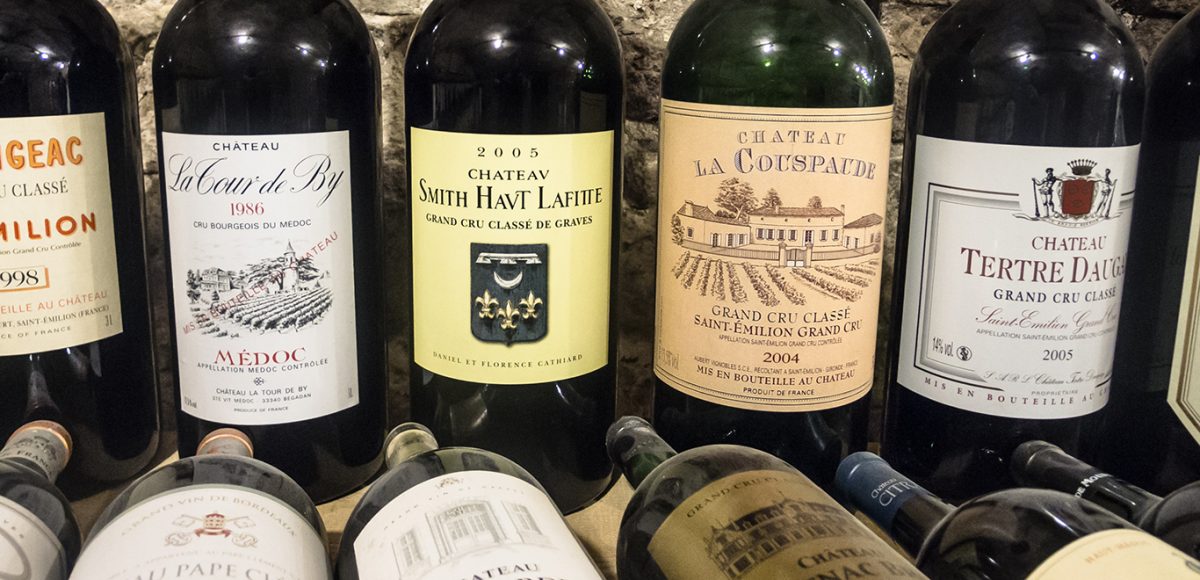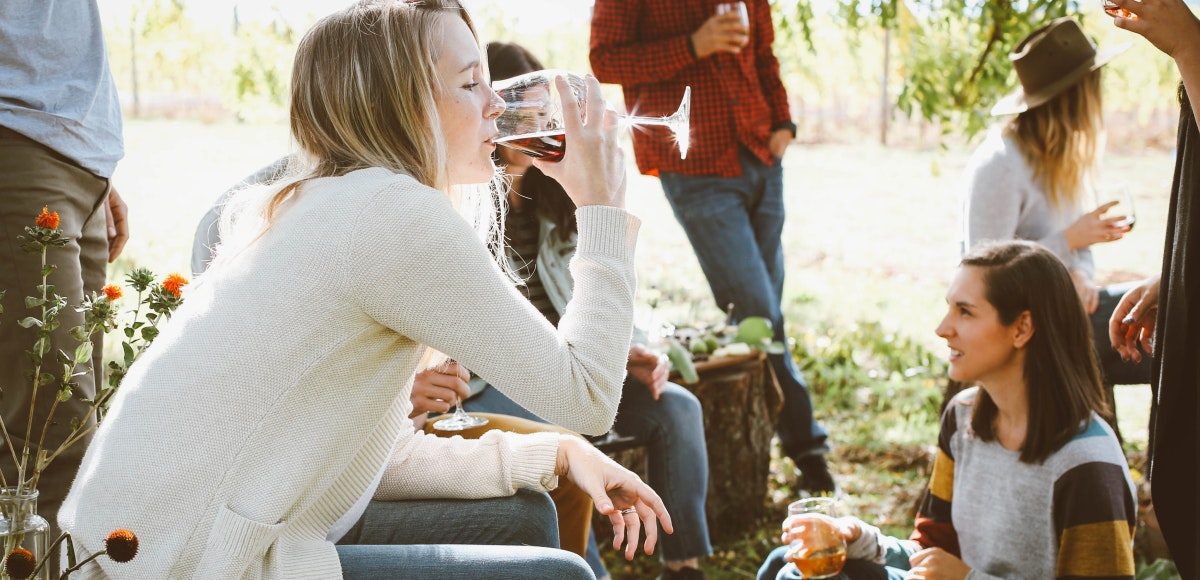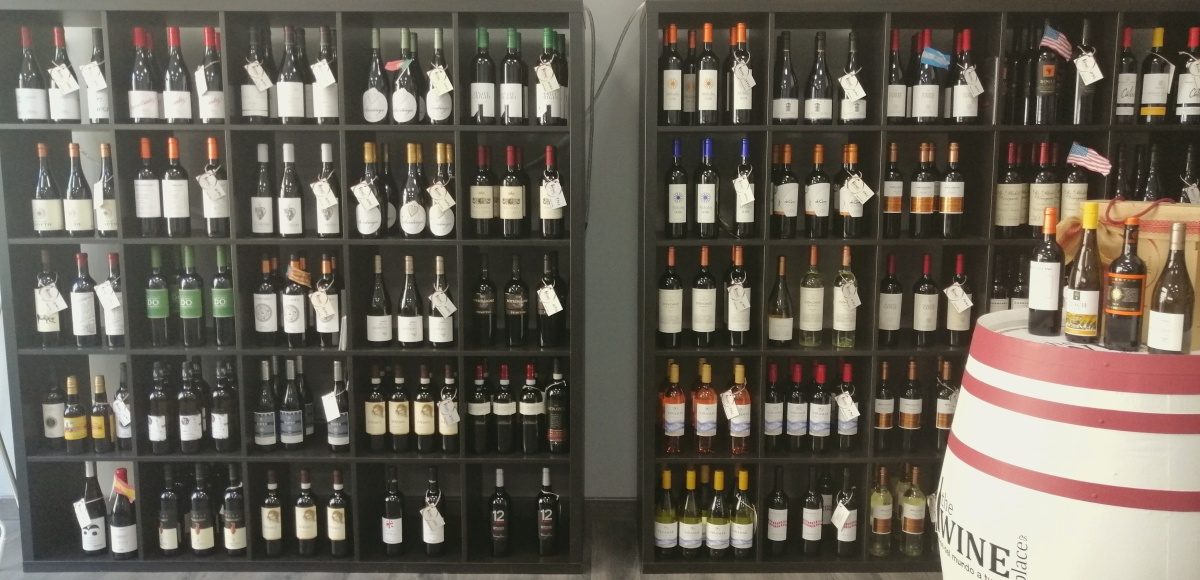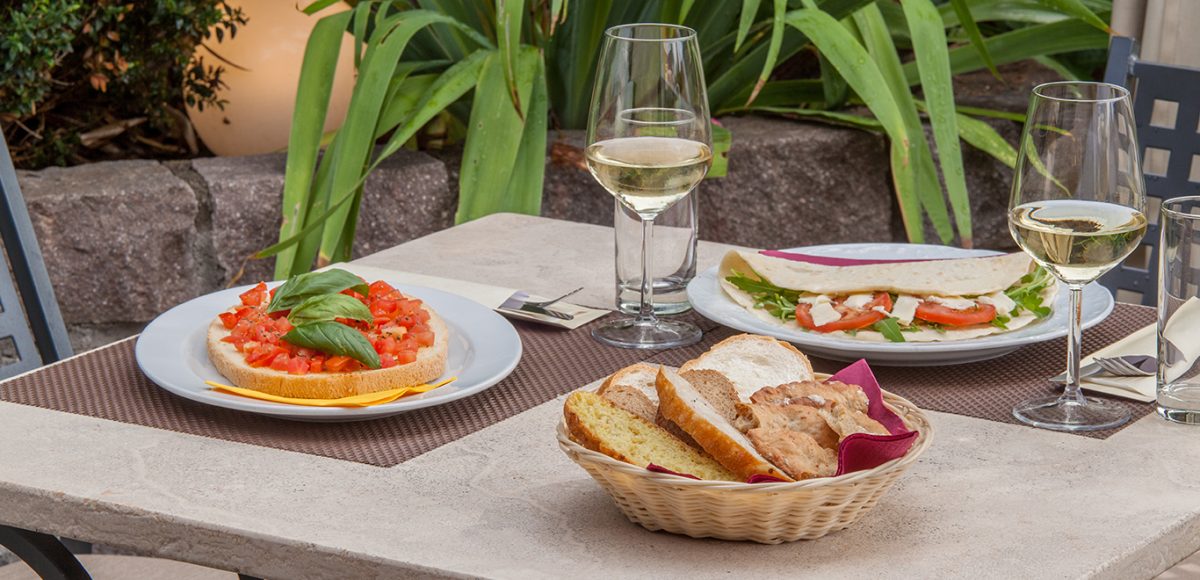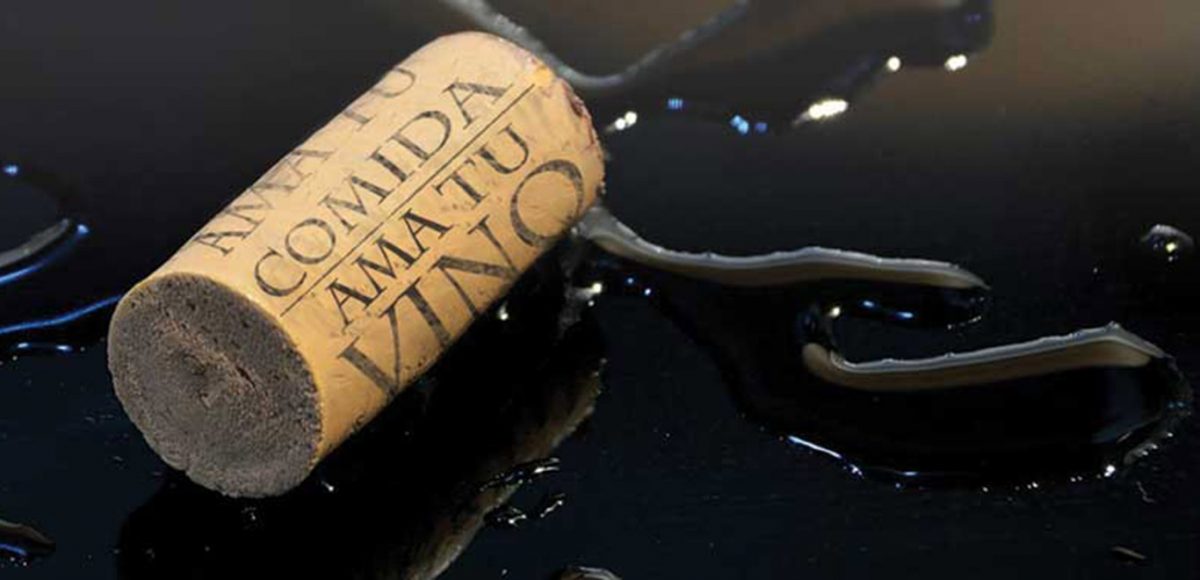A wine label is the equivalent of a book cover and should communicate what is inside the bottle; it could be a classic, a thriller or a trashy summer novel.
Wine producers are fortunate because they can decide on everything from how the wines is that goes into the bottle is made to how it is presented for sale. Creating a wine label that transmits the story of the wine inside the bottle requires skill and understanding of the consumer.
What should we look for on a wine label?
- Wine labels are legally obliged to state the alcoholic strength, which for still wine is between 8 and 15%, the producers name, where it is from and the volume of wine in the bottle, a regular bottle contains 75cl. All of this information should be on the front label.
- The back label provides an opportunity to tell how the wine was made, the grapes, vintage, style, whether it is organic or any other interesting and useful facts about the wine.
- The vintage, which is the year the grapes were grown, is important because in many of the top cooler wine regions of the world vintages can vary. You can use your phone to check a vintage in a particular region, although you should bear in mind such information is just a general guide and that there are exceptions.
- Also, as a rule of thumb, for inexpensive wines it is best to choose the latest vintage. Most wines are made to be drunk young and don’t improve with age.
- The level of alcohol is important because it indicates whether a wine will be lighter or fuller bodied. Most wines are between 12% and 13.5% alcohol. Generally speaking wine from warmer regiones will tend to higher whereas grapes from cooler regions will be lower in alcohol.
- What is in a name? There are few global wine brands that are instantly recognisable. A wine label can have invented name or take the name of the Quinta, Bodega, Castillo, Chateau of Domaine where they are made. Explain these terms is the subject of separate article.
- The grape variety. Each of us has our favourites so this is a good way to try new wines from different regions or countries. If you like Garnacha from Spain then you may like to try a Grenache from southern France?
What if there is no grape variety just a region such a Rioja, Bordeaux, Champagne or Prosecco? Here again a little homework is required. Chablis for example can only be Chardonnay, Rioja is predominately Tempranillo, Bordeaux is either predominantly Cabernet Sauvignon or Merlot.
We we go a wine shop to buy wine it is often without a clear objective in mind. You pick up each bottle for a reason or for an occasion. Learn to trust you instincts and with practise you will develop you palate to enjoy a broader range of wines.






